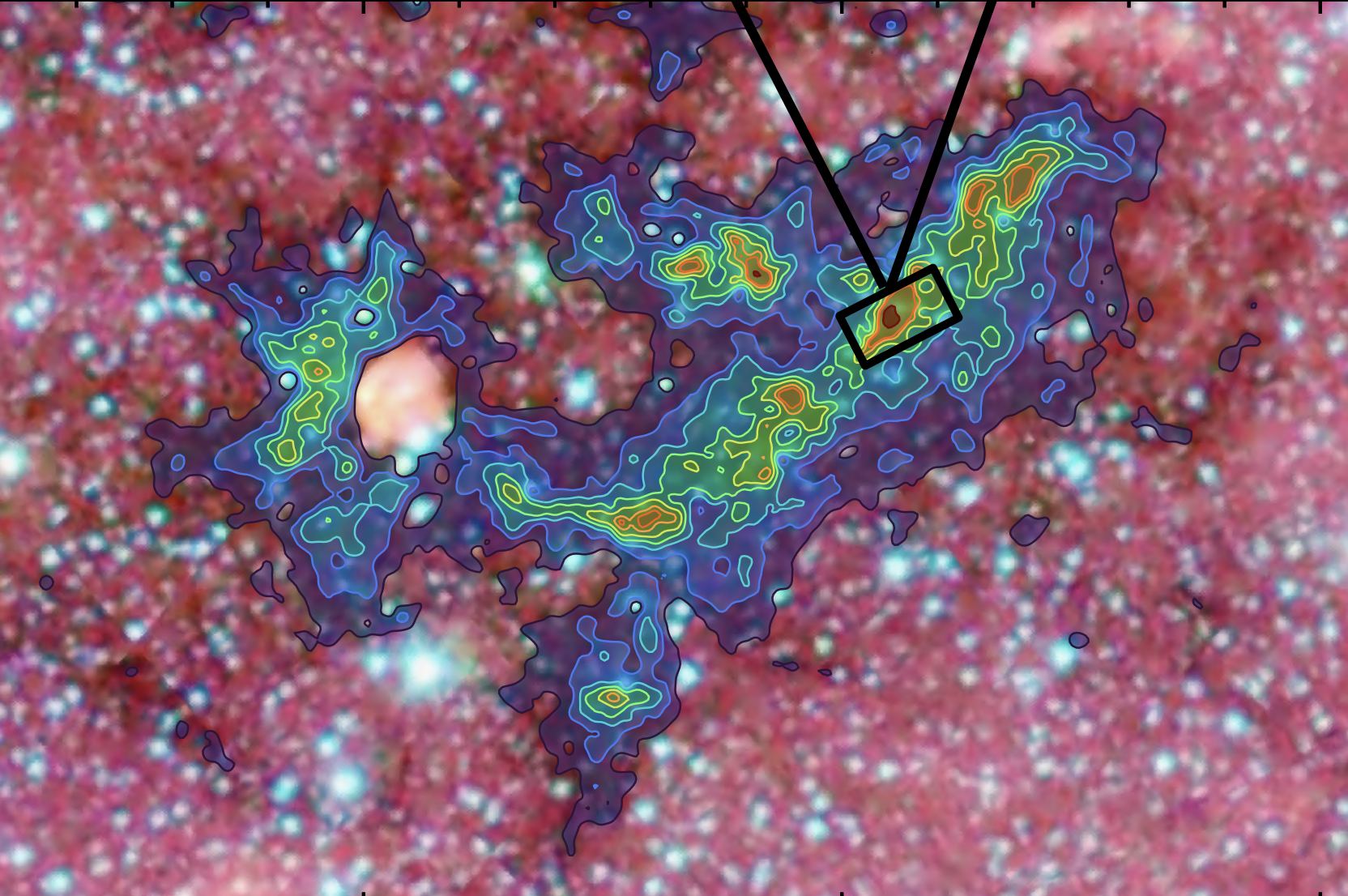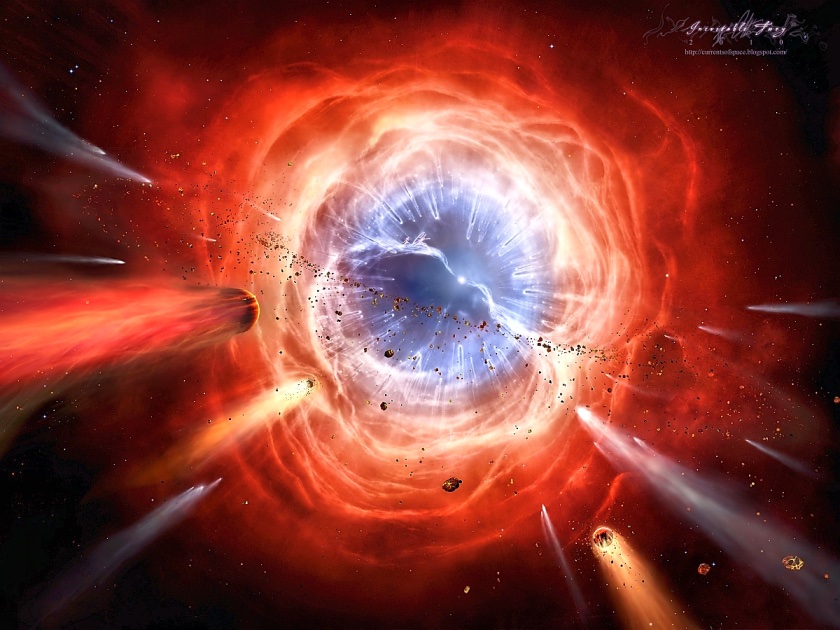How did the most massive stars form? Astronomers have debated their origins for decades. One of the biggest problems facing these theories is the lack of observations. Massive stars are relatively rare, and so it’s hard to catch them in the act of formation. But new observations of the so-called Dragon cloud may hold the clue to answering this mystery.
Continue reading “Mother of Dragons: Astronomers Peer Inside the “Dragon Cloud””The First Radiation Map of the Skies Over Africa
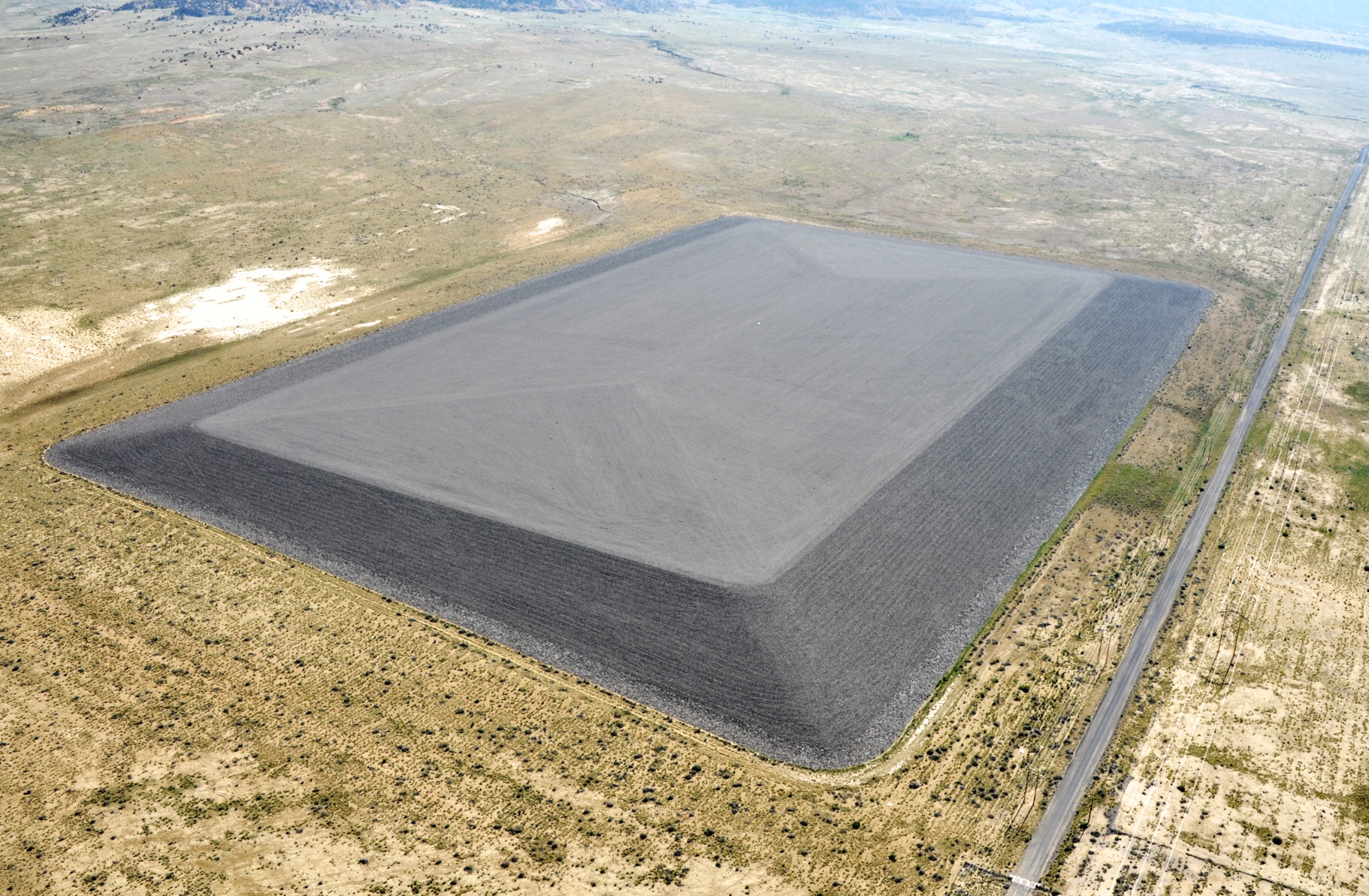
Astronomers have developed a way to cheaply and easily measure the radiation exposure experienced by airline crews over Africa.
Continue reading “The First Radiation Map of the Skies Over Africa”When Clouds Collide, Destruction and Creation Go Hand-in-Hand
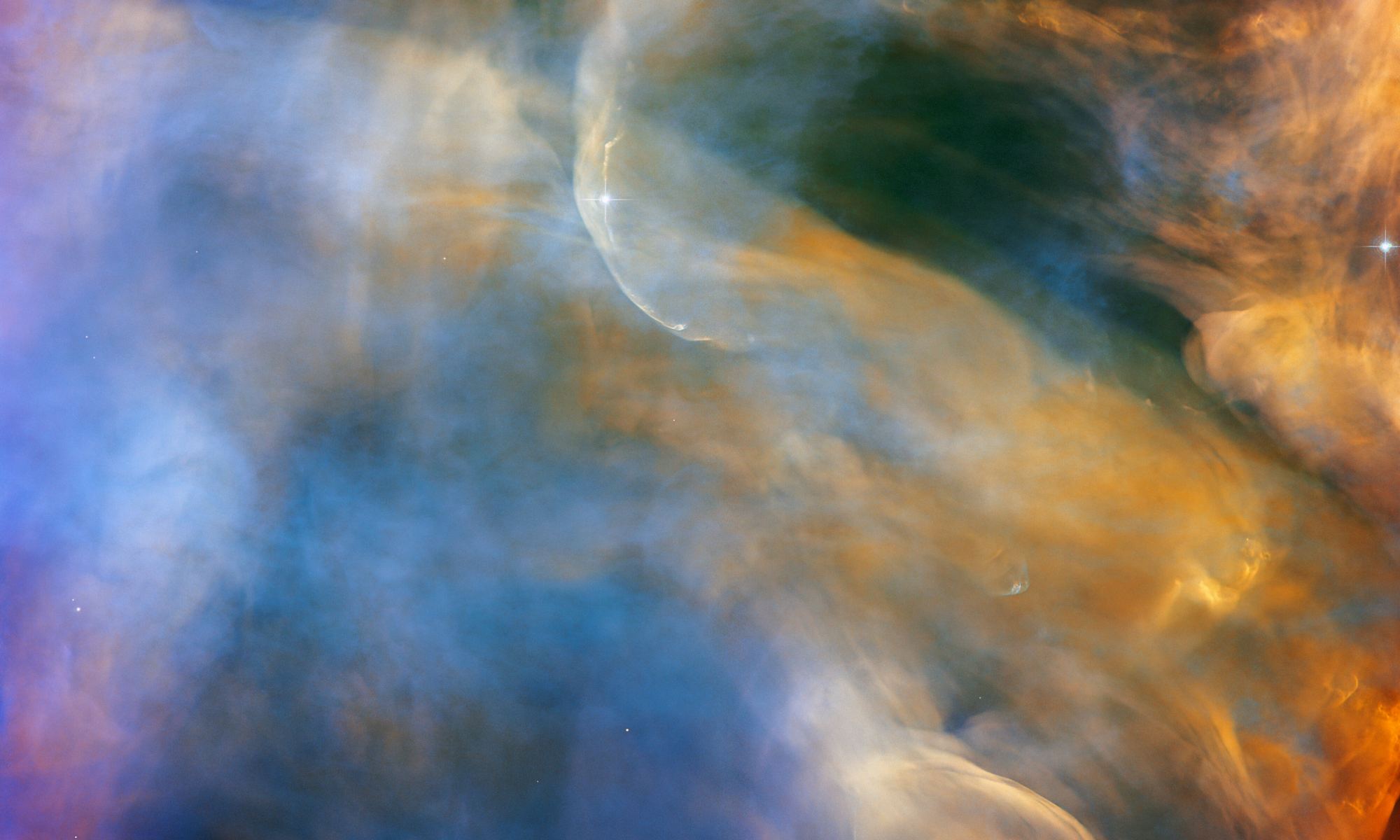
All stars are born from the collapse of clouds of dust and gas. But triggering star formation is a tricky process, because these gas clouds can just hang out doing nothing for billions of years. A pair of researchers have found a precise recipe for getting gas clouds to trigger star formation. It involves a lot of collision.
Continue reading “When Clouds Collide, Destruction and Creation Go Hand-in-Hand”Astronomers Find Out What Happens to Rocky Planets That Wander too Close to Their Stars
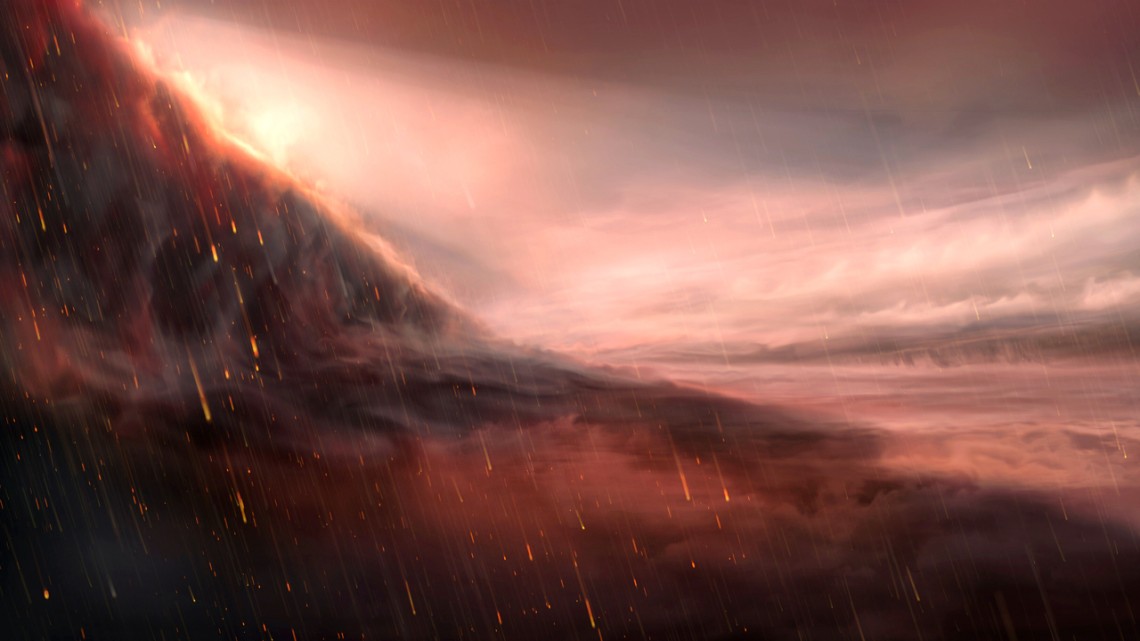
The massive Kepler survey found a treasure trove of exoplanets. But in all that wealth they found three anomalies: what appeared to be rings of dust surrounding stars where planets should be. They were rocky planets in the process of being obliterated. And a team of astronomers that found a way to use these gory sites to understand some of the most mysterious and hard to detect planets in the universe.
Continue reading “Astronomers Find Out What Happens to Rocky Planets That Wander too Close to Their Stars”Forget the Habitable Zone – We Need to Find the Computational Zone
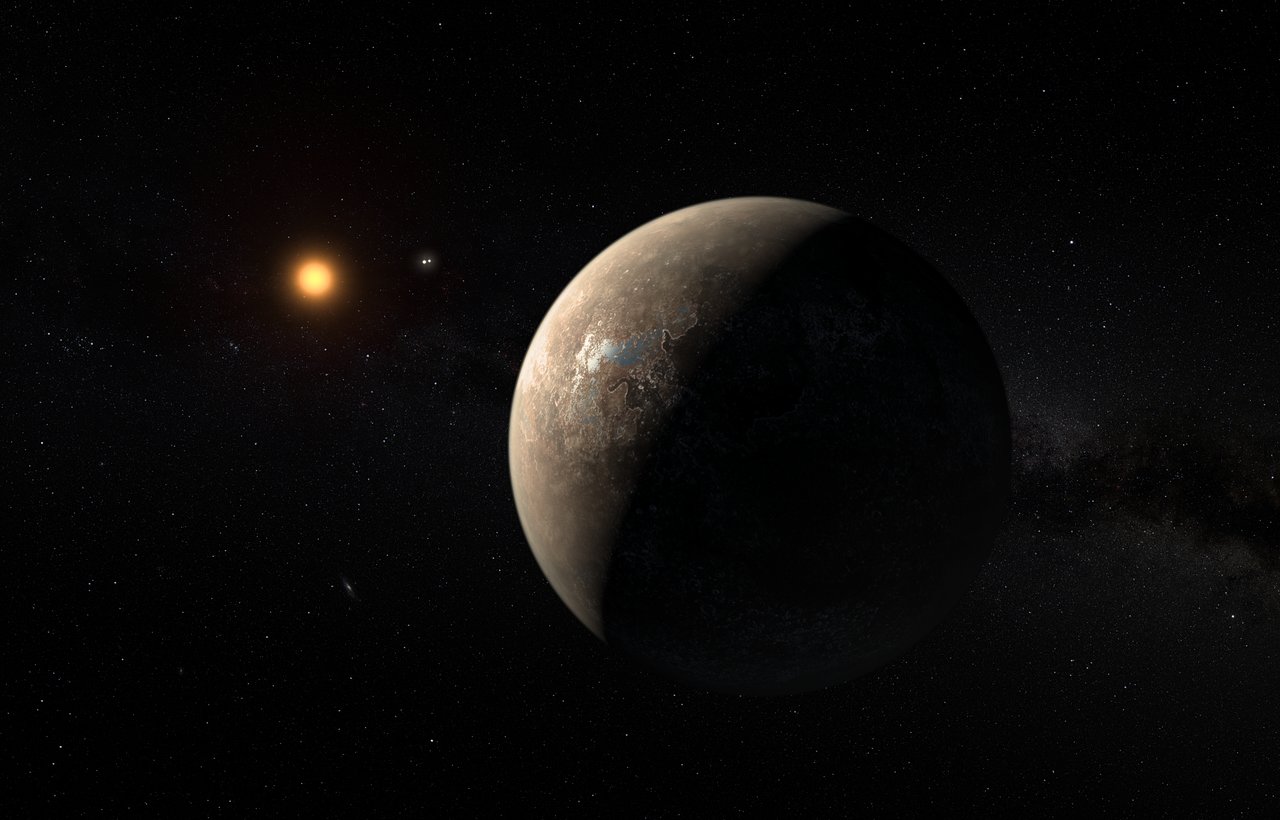
Astronomers are currently searching for signs of life in the “habitable zones” of nearby stars, which is defined as the band around a star where liquid water can potentially exist. But a recent paper argues that we need to take a more nuanced and careful approach, based not on the potential for life, but the potential for computation.
Continue reading “Forget the Habitable Zone – We Need to Find the Computational Zone”Physicists Discover that Gravity Can Create Light

Researchers have discovered that in the exotic conditions of the early universe, waves of gravity may have shaken space-time so hard that they spontaneously created radiation.
Continue reading “Physicists Discover that Gravity Can Create Light”Stars Can Eat Their Planets…and Spit Them Back Out Again
As tragic as it is, engulfment of a planetary object by its stellar parent is a common scenario throughout the universe. But it doesn’t have to end in doom. A team of astrophysicists have used computer simulations to discover that planets can not only survive when their star eats them, but they can also drive its future evolution.
Continue reading “Stars Can Eat Their Planets…and Spit Them Back Out Again”Watch a Baby Planet Carve Out a Home for Itself

Astronomers have detected a small, compact source embedded in a gap in the disk surrounding a young star. They believe it is a baby planet in the process of growing.
Continue reading “Watch a Baby Planet Carve Out a Home for Itself”The Universe May Have Started with a Dark Big Bang
The Big Bang may have not been alone. The appearance of all the particles and radiation in the universe may have been joined by another Big Bang that flooded our universe with dark matter particles. And we may be able to detect it.
Continue reading “The Universe May Have Started with a Dark Big Bang”How do Black Holes Make a Shadow?

It’s notoriously difficult to take a picture of a black hole. But when they are surrounded by material we have an opportunity to witness the hole carved out by the event horizon. But what we see in the famous images of black holes isn’t the event horizon itself, but a magnified and enlarged version known as the shadow.
Continue reading “How do Black Holes Make a Shadow?”
